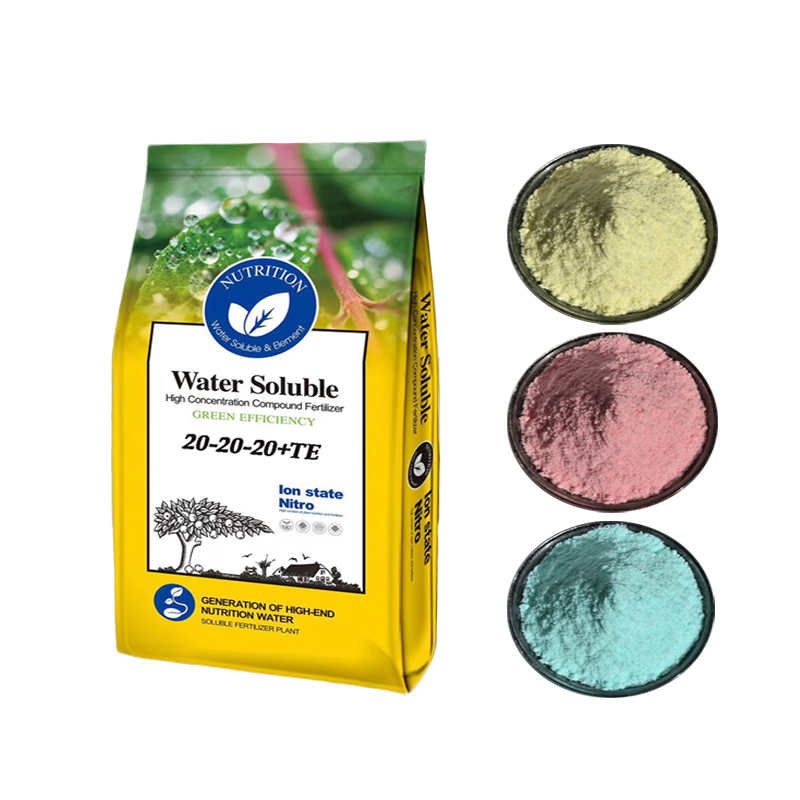
Nov . 22, 2024 05:02 Back to list
common npk fertilizer
Understanding Common NPK Fertilizers A Gardener's Guide
When it comes to cultivating a thriving garden, understanding the role of fertilizers is crucial. Among the various types of fertilizers available, NPK fertilizers are among the most commonly used. But what exactly does NPK mean, and how can it benefit your plants?
NPK stands for Nitrogen (N), Phosphorus (P), and Potassium (K), which are the three essential nutrients that plants need for healthy growth. Each of these nutrients plays a specific role in plant development
1. Nitrogen (N) This element is vital for the growth of foliage and stems. It is a core component of chlorophyll, the green pigment in plants that is essential for photosynthesis. Nitrogen encourages healthy, lush leaf growth, contributing to the overall vitality of the plant. When there is a nitrogen deficiency, leaves may turn yellow, and plant growth will be stunted.
2. Phosphorus (P) This nutrient supports root development, flowering, and fruit production. It is crucial during the early stages of plant growth, promoting robust root systems and helping in energy transfer within the plant. In phosphorous-deficient plants, you may notice poor flowering, fewer fruits, and weak root structures.
3. Potassium (K) Potassium enhances the overall functioning of plants, improving their ability to withstand adverse conditions such as drought and disease. It promotes strong stems and aids in the regulation of water uptake. Plants lacking potassium might exhibit browning of leaf edges, weak stems, and reduced yield.
The ratio of these three nutrients is indicated on fertilizer packages, such as 10-10-10 or 20-10-20. This notation reflects the percentage of N, P, and K in the fertilizer, respectively. For example, a 10-10-10 fertilizer contains 10% nitrogen, 10% phosphorus, and 10% potassium, making it a balanced fertilizer suitable for a variety of plants.
Types of NPK Fertilizers
common npk fertilizer

NPK fertilizers come in different forms, including granular, liquid, and slow-release formulations. Granular fertilizers are easy to apply and can be worked into the soil, providing nutrients over time as they break down. Liquid fertilizers, on the other hand, are often used for quick nutrient absorption, making them ideal for tackling immediate deficiencies. Slow-release fertilizers provide nutrients gradually, ensuring that plants have a steady supply throughout their growth cycle.
Choosing the Right NPK Fertilizer
Selecting the right NPK fertilizer depends on the specific needs of your plants, soil conditions, and the stage of growth. For example, during the planting phase, a fertilizer with a higher phosphorus content (like 5-10-5) can help establish strong roots. Conversely, for leafy vegetables or crops, a nitrogen-rich option (such as 20-10-10) would support lush foliage.
Conducting a soil test is also beneficial. This can help determine existing nutrient levels and pH balance, allowing for more precise fertilization. Amendments can be made to achieve optimal growth and prevent over-fertilization, which can harm plants and the environment.
Application Tips
- Timing Apply NPK fertilizers according to the growing season and the specific needs of your plants. Typically, early spring is a good time for annual plants. - Watering Water the garden after applying granular fertilizers to help nutrients penetrate the soil. - Follow Instructions Always follow the manufacturer’s instructions regarding application rates to avoid nutrient burn.
Conclusion
In conclusion, understanding NPK fertilizers is essential for any gardener aiming to achieve optimal plant growth. By knowing the roles of nitrogen, phosphorus, and potassium, as well as how to choose and apply fertilizers effectively, you can foster a more productive and vibrant garden. As with all gardening practices, observation and adaptation are key—be attuned to the needs of your plants, and you’ll see flourishing growth in return.
-
Premium 8 12 16 Fertilizer – High-Efficiency Compound & Granular NPK Supplier
NewsJun.10,2025
-
High Quality Agricultural Grade NPK Fertilizer Manufacturer & Supplier Reliable Factory Price
NewsJun.10,2025
-
Organic Fertilizer for Corn Boost Yield Sustainably
NewsJun.10,2025
-
Organic Fertilizer for New Plants Natural Growth Boost & Eco Nutrients
NewsJun.10,2025
-
Optimized Hydroponic NPK Fertilizer – Fast Growth & Nutrients
NewsJun.09,2025
-
Top-Rated NPK Fertilizer for Fruit Trees - Boost Growth & Yield
NewsJun.09,2025
